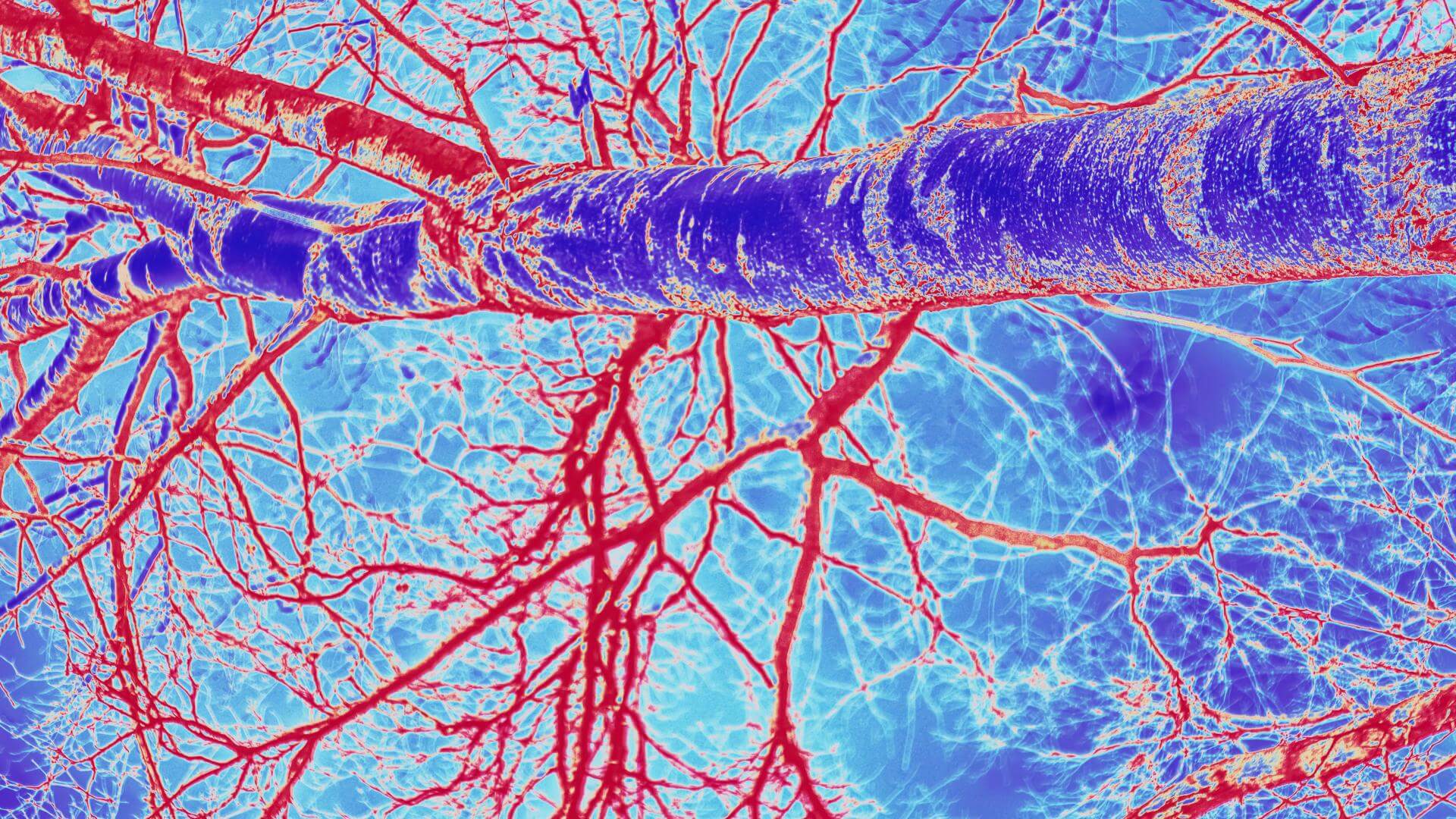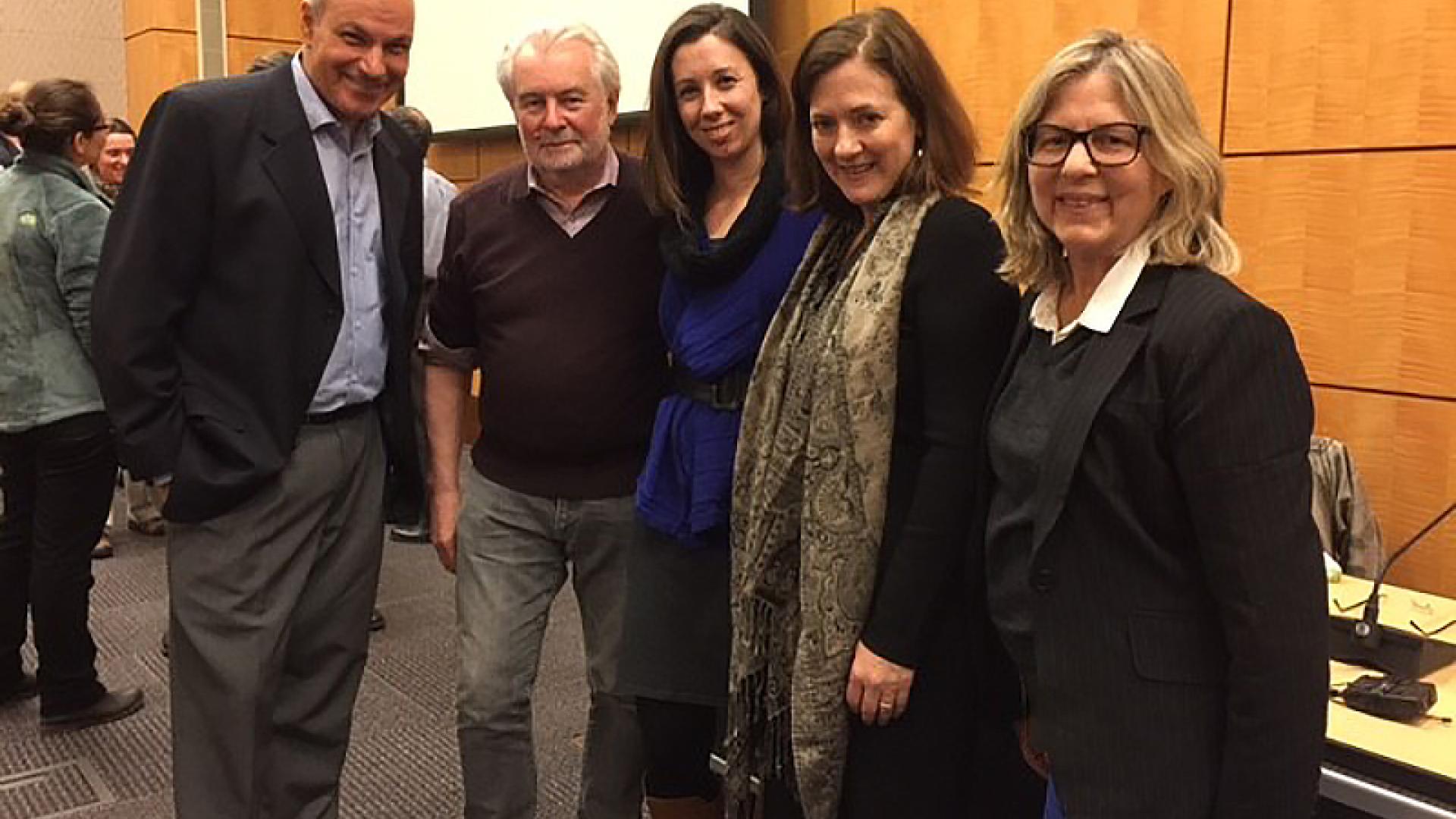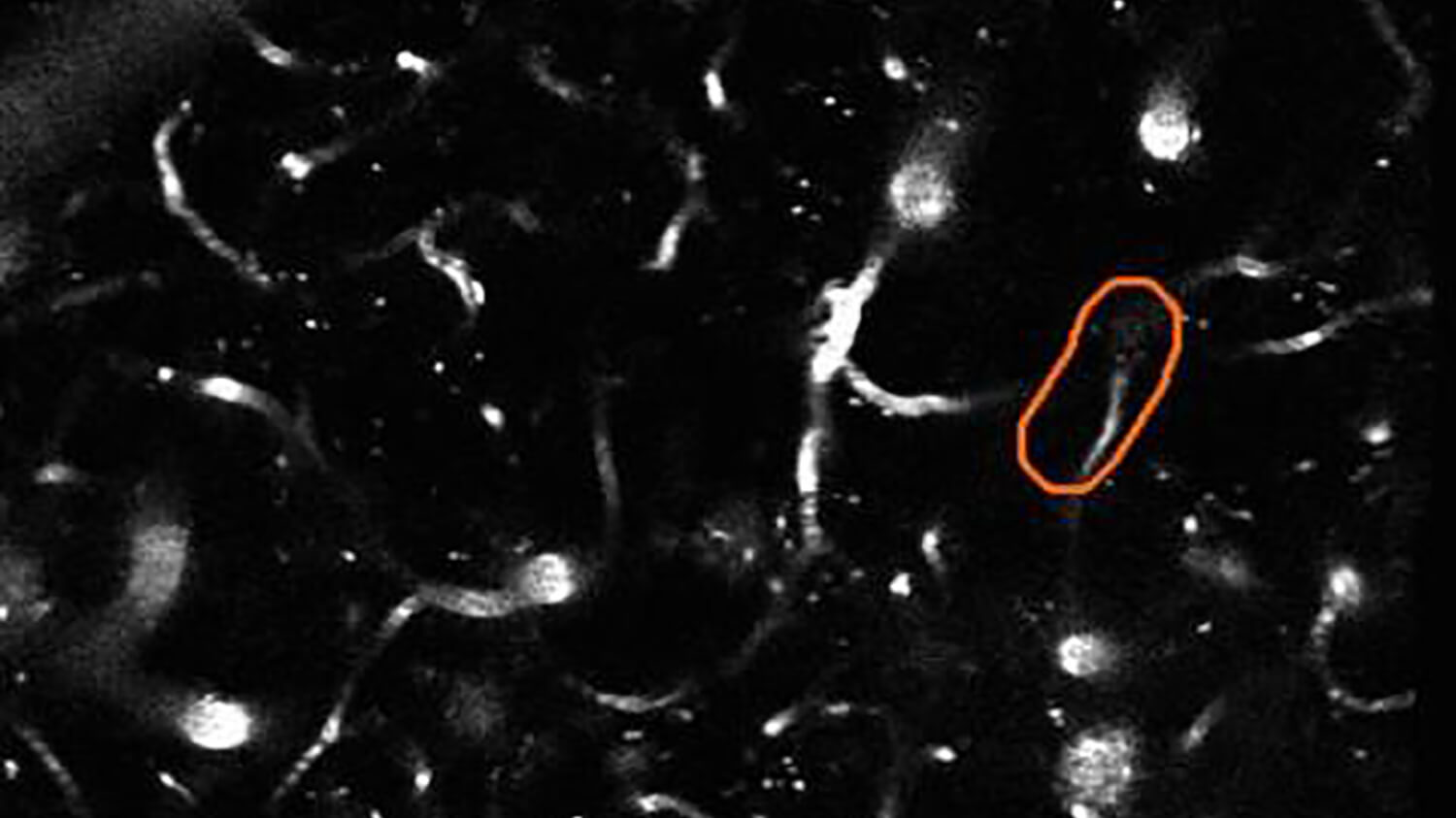Crowd-Powered Microvascular Modeling – EyesOnALZ Phase 2

About the Research Project
Program
Award Type
Other
Award Amount
$484,910
Active Dates
July 01, 2017 - June 30, 2019
Grant ID
CA2017606
Goals
The central aim of this project is to accelerate research into potential Alzheimer’s treatments targeting the brain microvasculature. This will be done through our EyeOnALZ project, which uses Citizen Science (a form of crowdsourcing). Without this crowdsourced program, the same research would otherwise take decades to complete. Our approach is to transform a time-consuming laboratory task into an online game that anyone can play. Project success depends upon recruiting and sustaining an active population of public volunteers and improving our ability to extract research value from each participant. We also hope this project provides a hands-on way for people affected by Alzheimer’s disease (AD) to make an impact on their own future or that of a loved one, and that it educates the general public about the disease.
Summary
In the EyesOnALZ project, we are developing a Citizen Science platform that enables anyone to play “Stall Catchers,” an online game to help speed up AD research being conducted at Cornell University. By turning time-consuming data analysis into an online game, we are supplanting laboratory-based analysis with an accurate, crowd-based solution that outperforms conventional methods. The impact of this platform on research speed scales with the size and engagement of our participant community, as well as the efficiency with which we make use of our participants’ gameplay activities. So we are focusing our efforts on both of these areas, by improving the crowdsourcing science to extract three times as much research value from each person’s contributions, and by growing our community of participants through a variety of outreach activities, user research, and new features to improve the user experience. We are also developing artificial intelligence methods to speed up the data pre-processing that needs to happen so that the research data can be inserted into the game.
This is the first (and only) citizen science project that speeds up Alzheimer’s research by crowdsourcing the data analysis. There have been other laudable efforts that use crowdsourcing to advance Alzheimer’s research, such as Sea Hero Quest and MindCrowd, but these projects collect data about the behavior of their participants. The EyesOnALZ project, in contrast, enlists volunteer gamers to actually help analyze laboratory research data. In other words, when people play Stall Catchers, they are looking at brain blood vessels through a virtual microscope and are working alongside scientists to analyze the research data. By harnessing the power of the crowd in this way, the research can be accelerated by orders of magnitude.
Volunteers playing Stall Catchers already are analyzing data almost twice as fast as the Cornell lab’s capacity. By the end of this project phase, we expect to achieve an analytic throughput 10 times as fast as the parallel lab-based effort. This potentially reduces the time to an effective treatment discovery from 30 years to just two or three years. Because this platform serves as a general purpose tool for accelerating blood flow analysis in brain microvessels, it is supporting numerous Cornell studies that will not only bring us closer to a treatment, but also potentially improve our general understanding of various cardiovascular factors that might contribute to AD, such as diet. The data analyzed in Stall Catchers also may point to methods for noninvasive early detection and intervention.
Related Grants
Alzheimer's Disease Research
Advancing the Promising Cerebroprotectant AST-004 to Human Clinical Trials
Active Dates
July 02, 2021 - June 30, 2024

Principal Investigator
William Korinek, PhD
Current Organization
Astrocyte Pharmaceuticals
Advancing the Promising Cerebroprotectant AST-004 to Human Clinical Trials
Active Dates
July 02, 2021 - June 30, 2024

Principal Investigator
William Korinek, PhD
Current Organization
Astrocyte Pharmaceuticals
Alzheimer's Disease Research
Molecular Neurodegeneration Journal
Active Dates
March 31, 2021 - March 31, 2036

Principal Investigator
Owen Ross, PhD
Current Organization
Mayo Clinic Jacksonville
Molecular Neurodegeneration Journal
Active Dates
March 31, 2021 - March 31, 2036

Principal Investigator
Owen Ross, PhD
Current Organization
Mayo Clinic Jacksonville
Alzheimer's Disease Research
International Society for Molecular Neurodegeneration
Active Dates
March 31, 2021 - March 30, 2026

Principal Investigator
Henrietta Nielsen, PhD
Current Organization
Stockholm University
International Society for Molecular Neurodegeneration
Active Dates
March 31, 2021 - March 30, 2026

Principal Investigator
Henrietta Nielsen, PhD
Current Organization
Stockholm University





